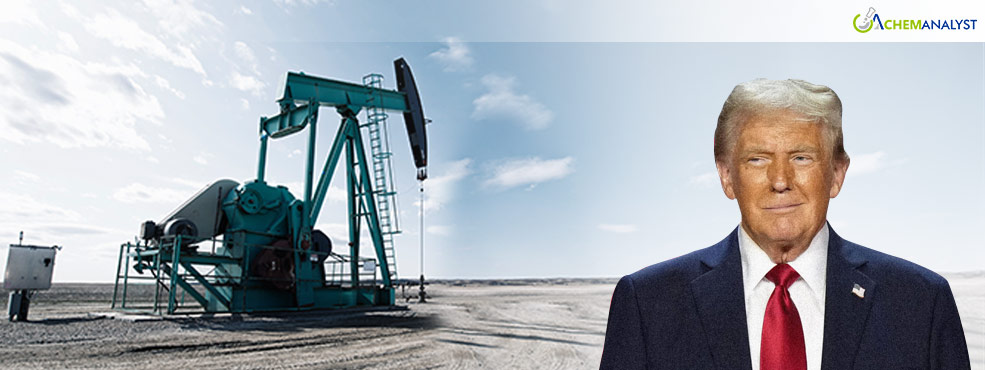Trump’s Oil Ambitions Unlikely to Derail Russia’s Revenue Stream
- 06-Jan-2025 2:45 PM
- Journalist: Thomas Jefferson
Donald Trump’s enthusiastic “Drill, baby, drill” rhetoric aligns with the vision of leveraging America’s oil production dominance to undercut Russia’s oil revenues, which fuel its war in Ukraine, according to the Financial Times. This strategy hinges on two main objectives: flooding the market with U.S. crude to drive down prices and outcompete costly Russian oil, and enabling a sanctions-driven embargo on Russian exports without triggering global shortages or skyrocketing prices.
However, skepticism abounds among oil industry experts regarding the feasibility of the 3-3-3 economic plan proposed by Scott Bessent, Trump’s Treasury Secretary nominee. The plan aims to boost U.S. oil production by 3 million barrels per day by 2028. Yet, the high cost structure of shale oil, the backbone of U.S. production growth over the past 15 years, poses a challenge. According to the Dallas Federal Reserve, oil producers require an average price forecast of $64 per barrel to justify new drilling, with existing wells becoming unviable if prices drop below $50 per barrel.
While Trump’s administration could ease federal drilling regulations and make more land available, these measures are unlikely to significantly alter production dynamics. Notably, the Biden administration, despite its green policies, has not imposed heavy restrictions on the oil industry, leaving little regulatory burden for Trump to lift. Proposals like reducing federal royalties or introducing corporate tax cuts may stimulate production, but these conflict with other elements of Bessent’s plan.
Even if the plan achieves its production goals, its 2028 timeline offers no immediate impact on Trump’s pledge to resolve the Ukraine conflict early in his presidency. Moreover, oil production growth, whether in the U.S. or Russia, typically reflects investments made during more prosperous times.
Russia, despite sanctions and war-related challenges, maintains a resilient oil industry. Current production costs range from $11 to $17 per barrel, with expenses largely tied to the rouble, insulating them from global price fluctuations. A weakened rouble further reduces dollar-denominated costs. While U.S. and Saudi efforts to push prices below $50 per barrel could dent Russia’s trade balance, the impact would likely remain manageable.
Replacing Russia’s 7 million barrels per day of exports with additional U.S. production is unfeasible, especially when the West struggles to enforce a complete embargo. For context, a similar strategy targeting Iran in 2018 succeeded because it only needed to replace 3 million barrels daily.
Ultimately, Trump’s oil ambitions, though bold, lack the practical framework needed to drastically reduce Russia’s oil revenues in the short to medium term. As the West continues its efforts to diminish Russia’s financial strength, it must contend with the reality of Russia’s resilient oil sector and the global market’s dependence on its exports.



